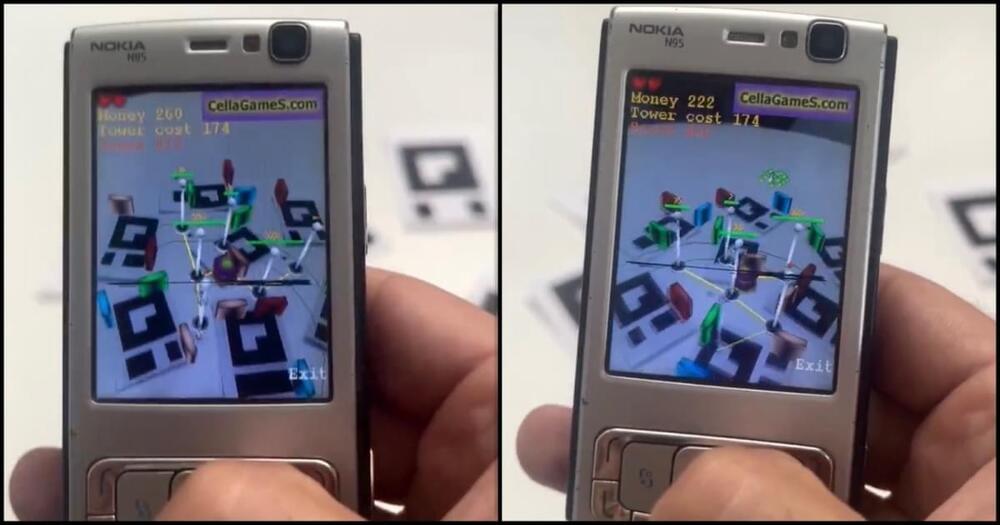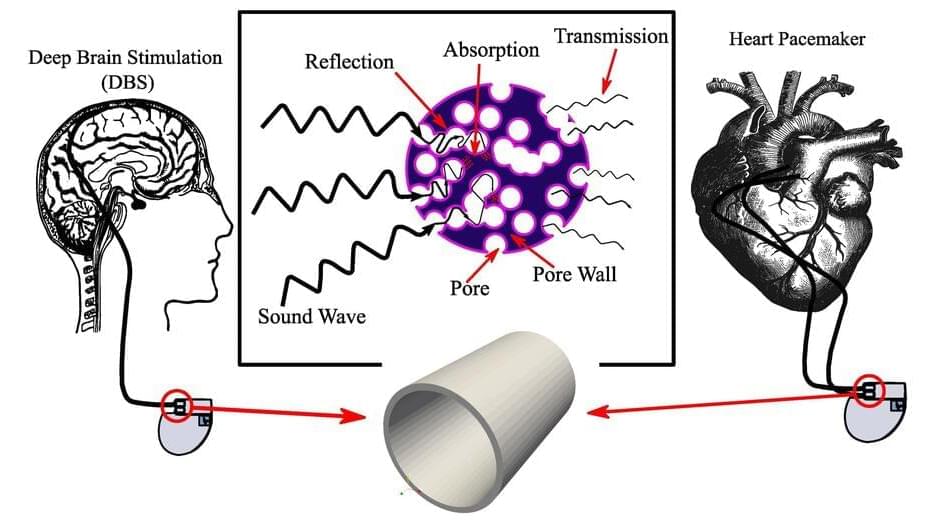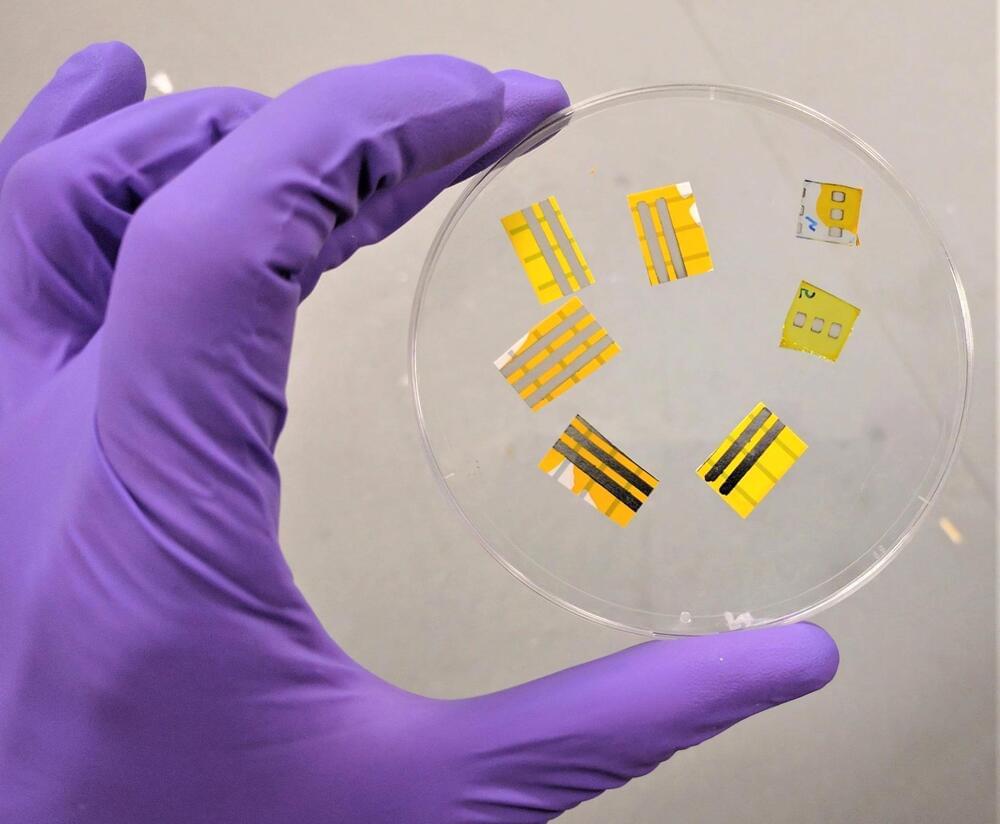For those unaware, Whisk3D (original name Blendersito) is Dante’s Symbian-powered version of Blender, which he has been developing since late 2022. The app allows users to upload and model 3D characters on the phone, design game level assets, extrude vertices and edges, create planes, and even connect the phone to a monitor and keyboard for more convenient use.
In a true Blender fashion, Dante’s Whisk3D is open-source and can be accessed via the creator’s GitHub page. You can also support Dante here and check out more jaw-dropping experiments with Nokia-ran Blender over here.








